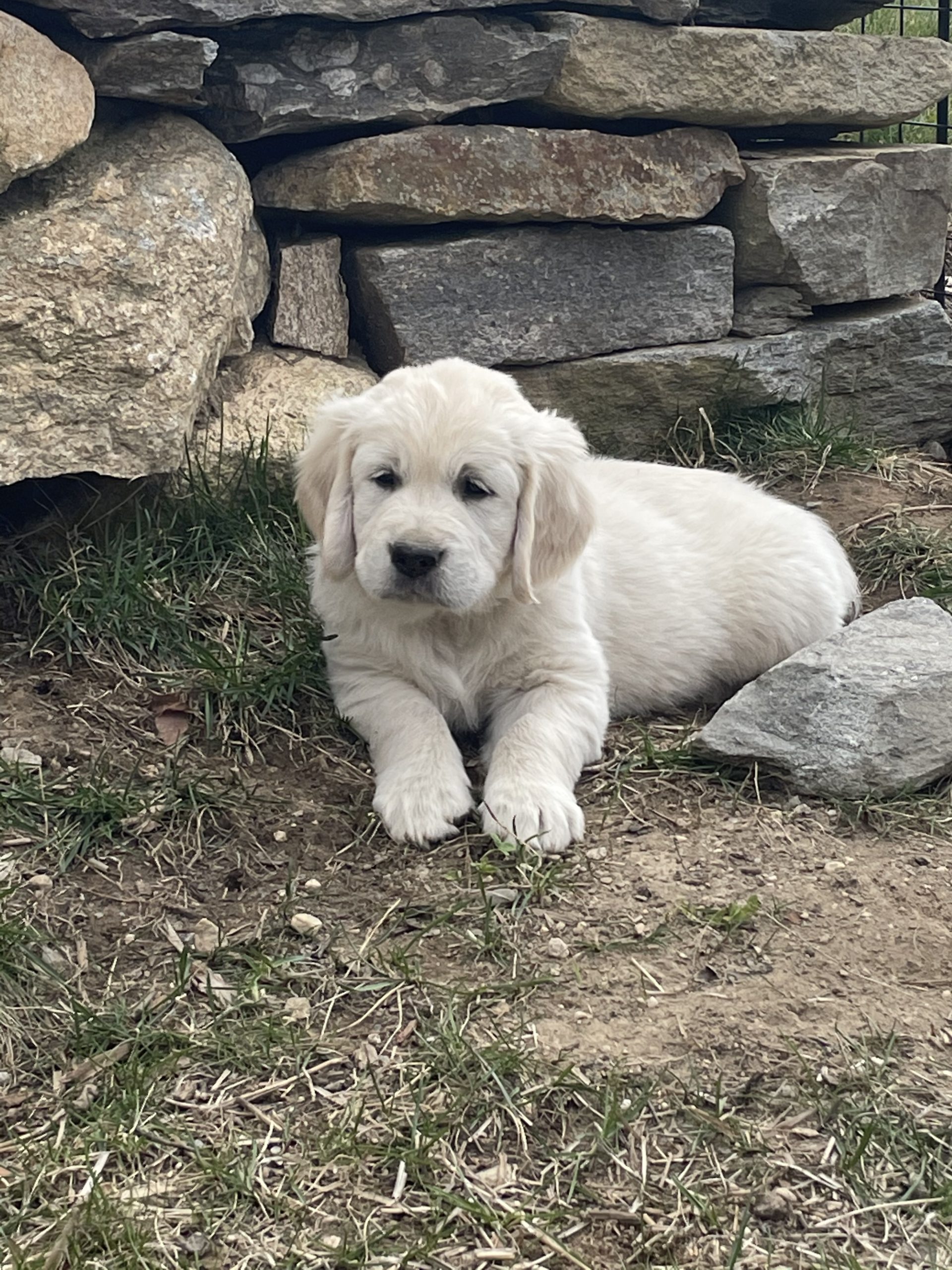
Toxic Plants For Dogs That Every Dog Owner Should Know
Spring has arrived and with it comes the love of being outside! As plants grow and begin to bloom, their beauty often deceives us into thinking they are harmless. But you may be shocked to learn just how many of those beauties are actually toxic plants for dogs, some even deadly!
Whether these are in your own yard, or one that you are walking by, it’s important to know which ones to keep your puppy away from.
Symptoms from eating toxic plants for dogs vary depending on WHAT they eat and HOW MUCH they eat of it. Often it will be drooling, upset stomach, diarrhea, and/or vomiting. However more serious symptoms could be hallucinations, seizures, coma, heart arrhythmias, and/or death.
What to do if your dog eats a toxic plant?
Do NOT induce vomiting (unless directed by a professional), but call your vet immediately. While in many cases your pup will have mild symptoms for 24 hours, in more severe cases calling a vet could be life saving.
Disclaimer: This post contains Affiliate Links for Amazon, Lehman’s, and Tractor Supply. We earn from qualifying purchases, at no additional cost to those who purchase.
Guys, I went down a rabbit hole with this one!
It all started when I found out Daffodils are one of the top highly toxic plants for dogs. Of course, this made me start to google other plants in our yard….EVERY. SINGLE. PLANT. IN. MY. YARD.
Come to find out, our entire yard is lined with toxic plants……and we just got a new puppy who LOVES to be outside, and LOVES eating everything even more!!
For 13 years, we had a dog in this same yard, with the same plants as we do now, and we never had an issue. Our previous dog, Snuggles, never ate plants besides grass.
Maybe I’m a bad dog owner, but I truly never even thought of googling plants in my yard, when he was with us. I knew to keep him away from mushrooms and that was about it.
Snuggles was a Bichon Frise. He was a small homebody, often having to be forced to go outside.
When he was a puppy, I more had to worry about him ripping at soiled baby diapers (gross!), chewing baby toys, pulling socks off my toddler, and eating dropped table food.
But now we have Forest. Our dear, sweet, soft, energetic, quickly growing, everything eating Forest. He is a Golden Retriever puppy whose name fits him well, as he loves all things outdoors. I also think that he has an actual forest in his belly with all of the sticks and bark he chews on! Not to mention, how bad he goes after ALL of our plants!
Not all dogs are the same. Just because you had (or currently have) a dog that never bothered plants, doesn’t mean your new one will be the same, ESPECIALLY if it’s a puppy. So let’s prepare for it, just in case!
Safety First
Containing
I know that we all picture running around our yards with our puppy free as could be.
However, containing our puppy to a safe space first is key, as he is learning his/her boundaries and also owner commands.
At the same time, we as owners, are learning his/her behaviors, to figure out how tight or loose those boundaries could be.
Our space is a new environment for him. Is he going to run out of the yard at the first sign of a squirrel? What about when another dog passes and barks?
When seeing how bad Forest goes after plants, and with him not yet trained on a leash (he would go nuts on one and near injure himself to get out of it), we ended up setting up a doggie playpen for him, at first.
This had been VERY successful for us, to give him a bit of freedom while containing and keeping him safe as we train him.
This also had been great to set up outside and have him with me while I did gardening or cleaned out the chicken coop, which are times that I have to turn my back and can’t be right on top of his every move running free in the yard.
I actually used the playpen inside as well, as he was terrified of a crate at first but slept fine all night in the playpen in my Livingroom.
If getting one, consider the height you choose, keeping in mind rapidly growing larger breeds!
Limited Freedom
We then worked our way up to having him tolerate a leash and were able to give him more freedom area using one of those cork screw stakes & “tie-out” cables.
This allowed him to reach the middle area of our yard but kept him from the perimeter where the toxic plants for dogs are.
These come in various lengths, so plan according to your allowed area, when purchasing.
Again our goal has been to let him be free in the yard, however he needs to be kept safe as he is learning.
Freedom With Distractions
When we were able to be right on top of him and let him completely playpen and leash free, having planned distractions readily available had been vital for us to keep him within the allowed area.
Like kids, puppies thrive on negative reinforcement. If running into a deadly patch of daffodils makes us jump and run after them, it is now a highly reinforcing game.
However, if we could catch them while they are just looking and only thinking about swimming into the deathpit, and we squeak a toy that gets their attention, it redirects them. We all, then, could have a positive more productive experience with the toy and soon deathpits aren’t as exciting any more to our puppy.
It took 2-3 weeks of being consistent with our strategies and now Forest could run free in our yard without any interest in plants poisonous to dogs. We are next working on curbing his random deep hole digging instead!
Ok, so now on to Toxic plant identification!
Without freaking out and totally revamping our landscapes, let’s just see which are actually plants poisonous to dogs. Knowing what exactly is growing in your yard is extremely important.
This is pretty fun once you get started! At first your eyes may dart to the most predominant and the ones that you know the name of.
However, once you start walking around and really looking, you will find a huge variety of different types of plants, that you may not have even batted an eye at before.
There are free and paid for Apps that you could download on your phone to help ID plants, by just taking a picture of them as you walk.
However, I will warn you to only use these as a guide but not set in stone because I am yet to find one that is 100% accurate. I’ve tested many of them out by taking pics of things I am positive of what they are, and have at times gotten wrong results by the apps.
I use the App “Picture This” (it’s not free, I think $20-$30ish per year, but has a 5-7 day free trial I believe. I am NOT an affiliate.). When you take a picture, it says what it THINKS it is and also gives other pictures of that plant. If my plant and the pictures it shows doesn’t sit right with me then I do some more research.
This list below may be long but it is NOT a complete list of toxic plants for dogs. Scroll through to see if any of the plants jump out at you as to what you have in your own yard. Use it as a spring board to look into other plants that may be in your yard, but that are not on my list.
I will be continually updating this list, as we will be identifying toxic plants on our Vermont land as well, and as I get pictures to help with identifications.
Toxic Plants For Dogs
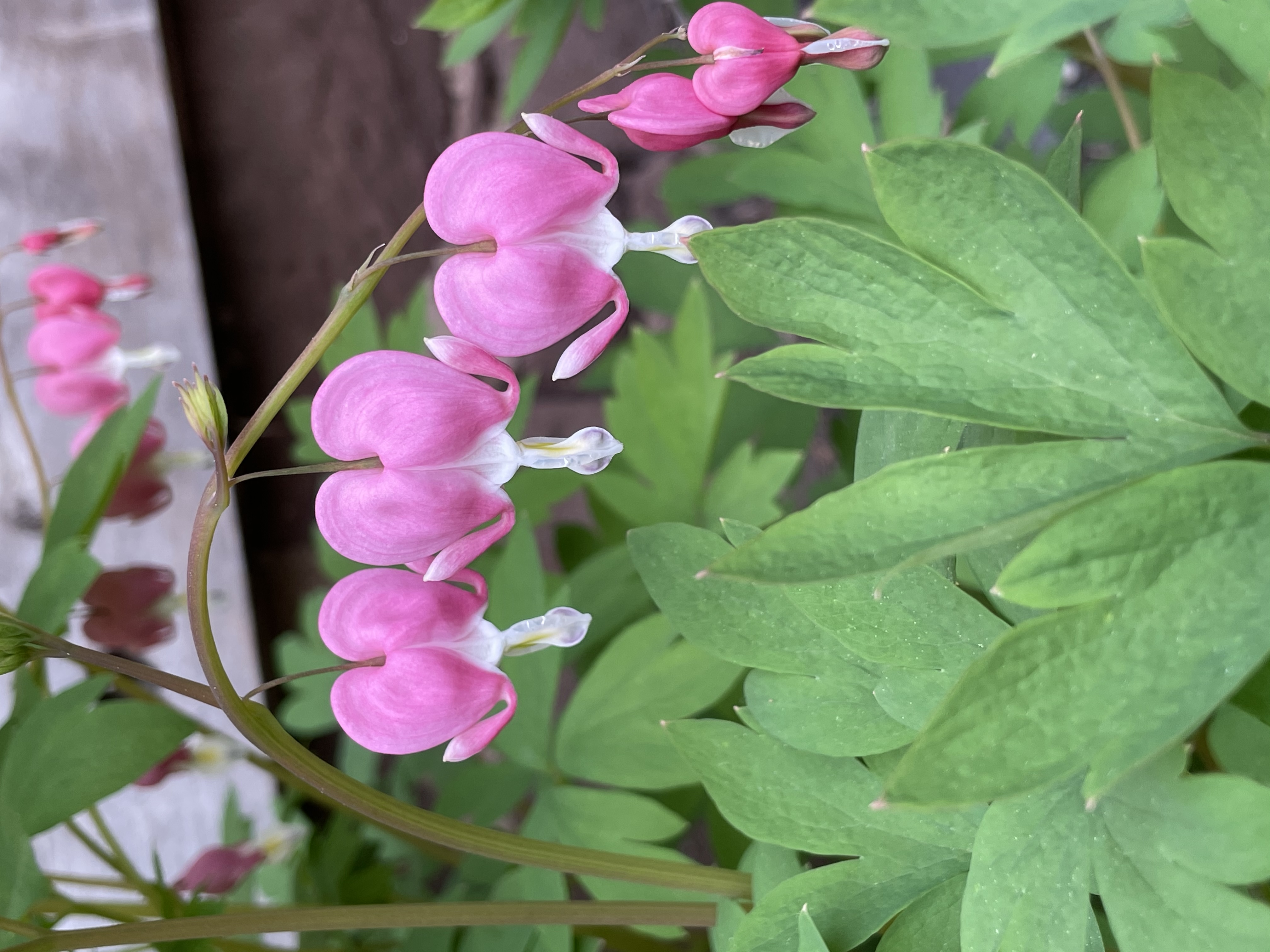
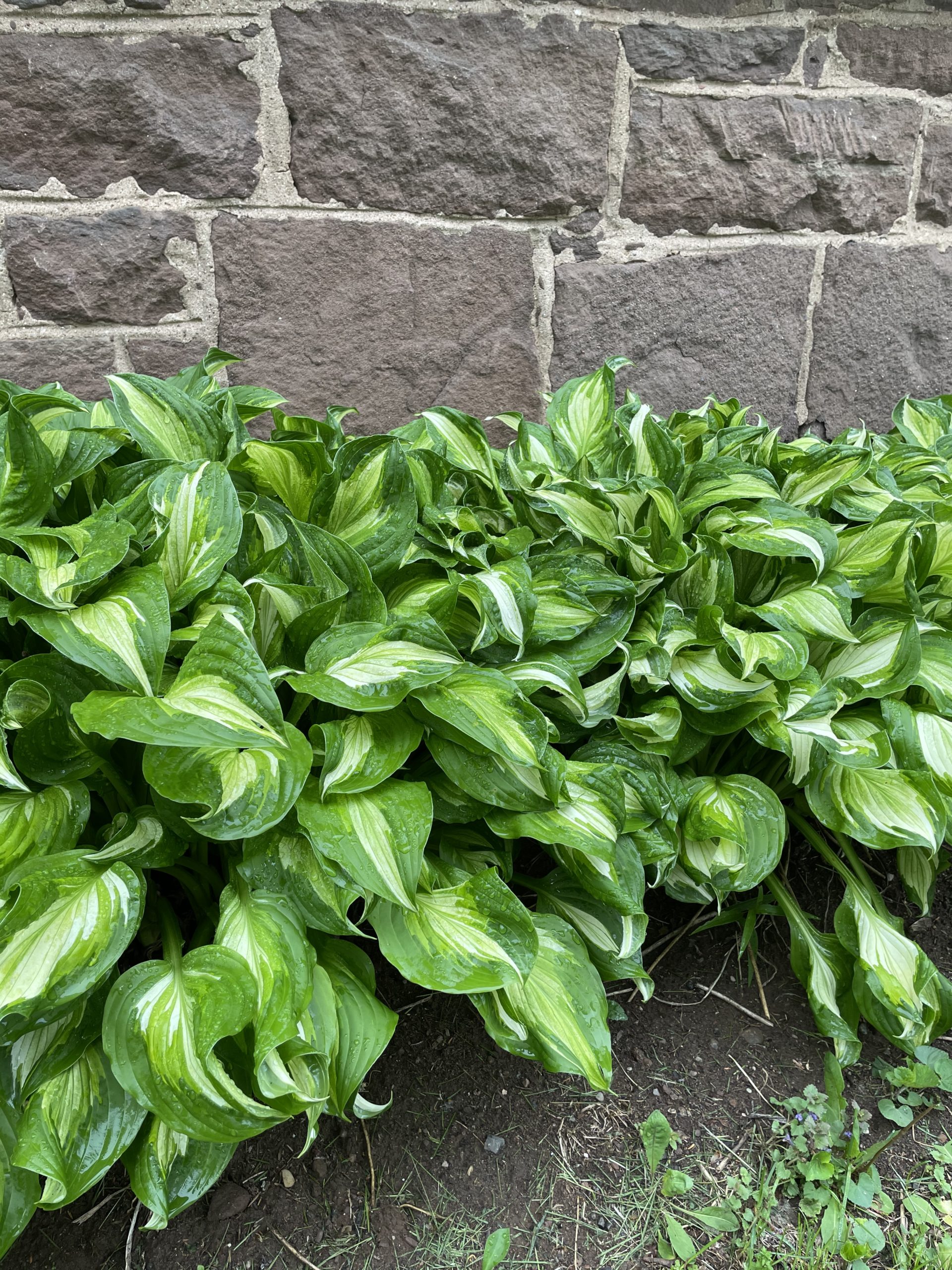
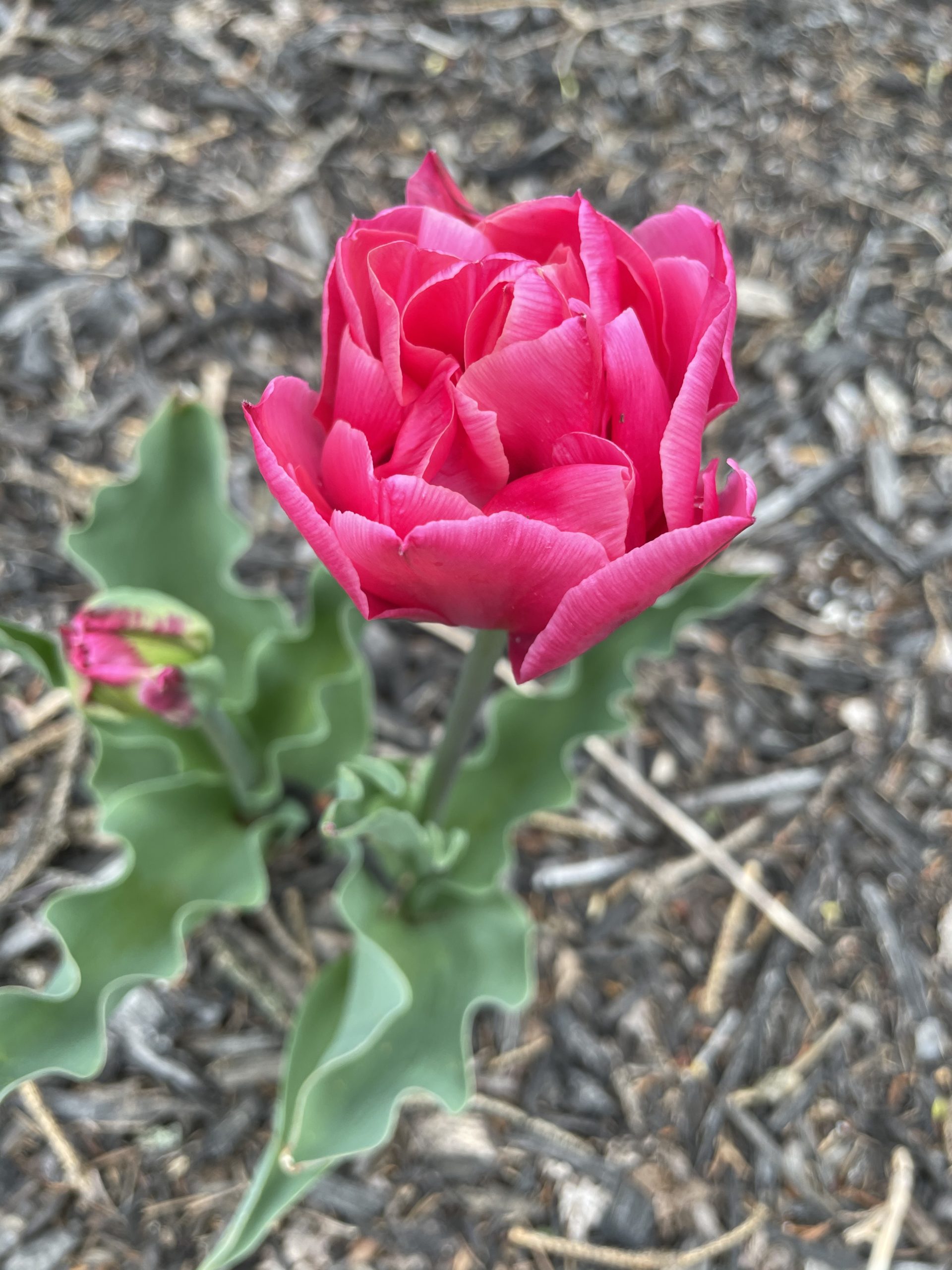
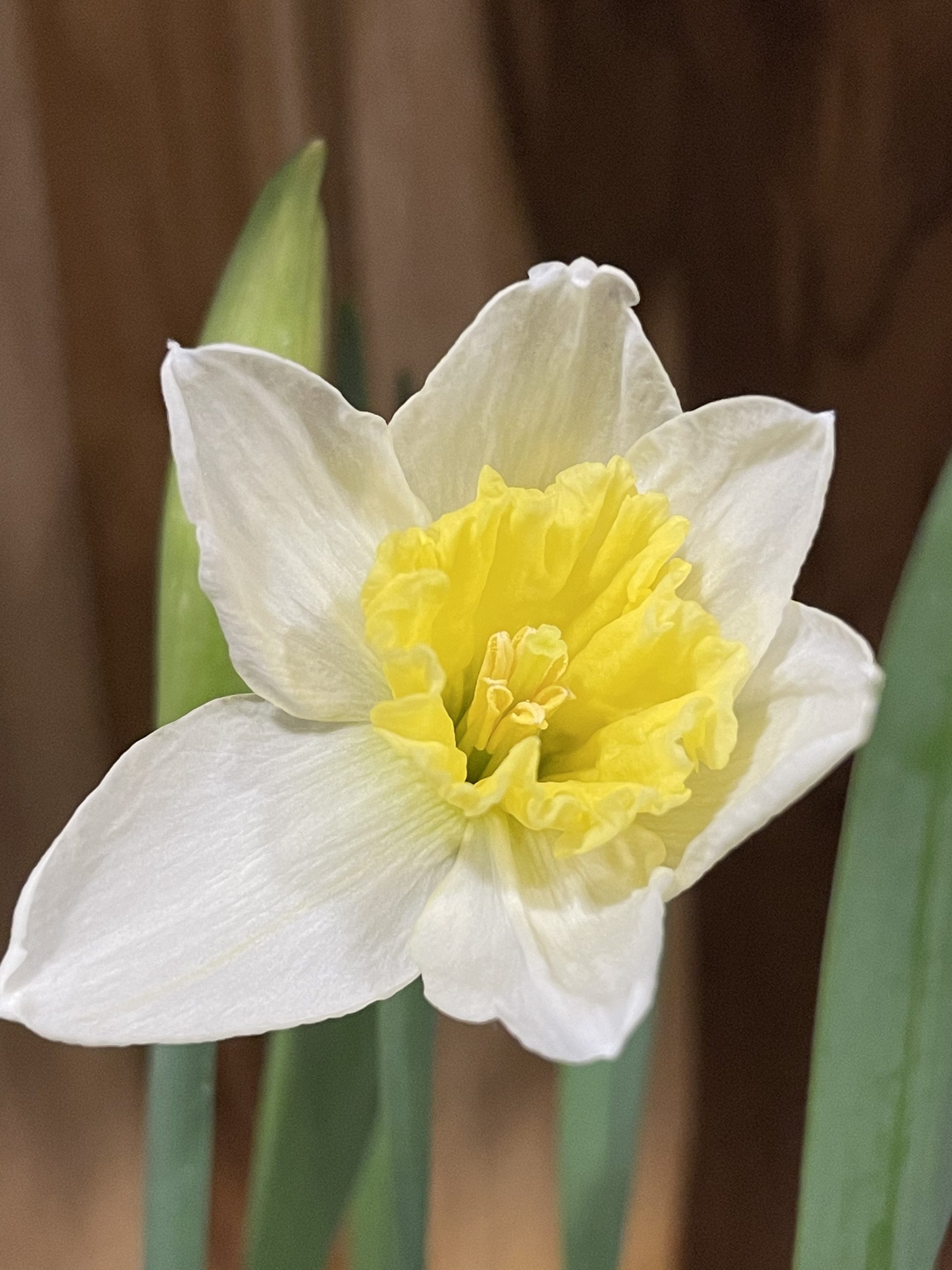
|
Aloe Vera Amaryllis Apple Tree (Leaves and bark) Azalea |
Begonia Bleeding Hearts Burning Bush |
Cherry Tree (Bark) Clematis |
| Daffodils | Elephant Ears | Garlic |
|
Hosta Hyacinths Hydrangea |
Iris Ivy Leeks Lilies Lily of the Valley |
Milkweed Morning Glory Mountain Laurel Mums Mushrooms
|
|
Oak Trees (leaves and acorns) Onion Oregon Grape |
Pampas Ornamental Grass Poinsettia Potato (all parts)
|
Rhododendrons Rose of Sharon |
|
Tomato Plants (leaves and stems in large quantities) Tulip |
Wisteria |
|

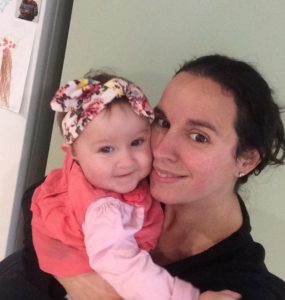 About Me
About Me
I will definitely share this with my mom. She has her dogs and let’s them roam in the yard freely. She’s planting a garden and her Chihuahua likes to chew on everything. Thank you for this information.
Thank you! I hope she finds it helpful.
I had no idea that there were so many! And, so many of them are common! We don’t currently have a dog but we have hostas, hydrangeas and lilies! I will definitely keep this in mind if we get one! Such important info!
So glad that you were able to read it BEFORE getting a dog. Forest LOVES tearing apart our hosta!
While we never had a problem with our dogs eating our plants, I can’t believe how many of our gardens are jam-packed with poisonous plants! Great post to raise awareness for those with dogs who like to munch on gardens
Wow, there’s a lot of em! I was mostly just worried about chocolate! 🤣 Great info!
RIGHT?! I was shocked once I started looking into it!
Thank you! Yeah, I can’t believe how almost all of our landscape if covered with them!
Wow! I had no idea my yard is filled with so many toxic things!!
Right?!?! I’m into forging and always looking for EDIBLE plants in the yard…just shows that we need to be aware of both!
Very good information. So many people forget that you need to watch out for certain plants with our pets. Thank you for getting this information out there 🙂
Thank you! Yes we sure do forget, with it not even being on our radar with everything else there is to think about!
Thanks for sharing this. I learned first hand. My lab puppy ate some leaves of my peace lily. She was drooling and vomiting. It was heartbreaking. We called puppy poison control. Luckily after spending beaucoup bucks she was okay. Better to be safe though than sorry.
Wow! I’m so sorry to hear that and very glad she is okay! Thank you for sharing as I was hoping people didn’t think I was just overreacting.
Oh my gosh! Who knew?!?! My yard is filled with a majority of these! I will definitely have to be more vigilant!
Right?!? So glad you saw and hopefully it will be helpful to you.
Thank you for all the great information! Your puppy is SO cute, goldens are always just so loving and carefree! I love gardening, and am very aware of what is safe and what isn’t safe in my yard, although there have been some surprises! And some like Lily of the Valley, which is very prevalent in my front yard, is extremely toxic so I am always careful. Of course, puppies will try to eat anything as well! Good information for all animal owners.
Thank you so much and that’s great that you are already on top of it and ahead of the game! First time with a golden and we are loving every minute. Your dogs on your site are gorgeous by the way!
Then you have to think that this is only a small range of plants. The house I moved into had hostas everywhere so we spent an afternoon digging up the ones that were in the dog pen and then getting every one that came up after that.
Oh absolutely!! 99.9% of this list is just what I found in my CT small yard! (Minus the poinsettia and maybe one other!) I still am going to have my hands full when we bring him to our Vermont land for the 1st time because the plants there are totally different.
This is very helpful as I am always worried about my 7 lb. multipoo getting into something toxic. Fortunately, she is always on a leash.
Some people are so against leashes, and I feel judged at times with him always on one. However, to me, his safety is top priority and at this point he is just not safe without one in certain environments. Good job at keeping her safe!
This post is good timing. I just planted my entire garden without giving a single thought to toxicity….I mean, we considered it with our indoor plants but it never occurred to me for outside until the saw the dog ripping around the backyard and into my gardens. I woke up one night and gasped. What if…so now I need to figure out what each plant is (I got them all from a friend) and determine their toxicity yikes! Thank you!!!
Oh my pleasure! I’m so glad you found it helpful! Yes, definitely identify all that you have and hopefully he/she will grow out of this phase soon!
Tomato plants! I just potted six tomato plants and put them on our back deck. Our puppy doesn’t seem to bother them, but I’ll keep an eye on him. I just never even considered that any of my backyard plants would be toxic! Thanks for the info.
Same here! Keep an eye when you are pruning as well, I just wrestled a tomato branch out of Forest’s mouth, that I pruned and set beside me. So glad that you found the post helpful!
Don’t forget rhubarb. I recently learned this. I had to put a fence around my asparagus bed because my dog was digging it up an eating it before it was even above ground! The dog was ruining my asparagus harvest! I had just planted rhubarb and was worried she would eat that too. Good thing I looked! The leaves are toxic!
Oh! Good to know!! Thank you! These dogs will get into everything!